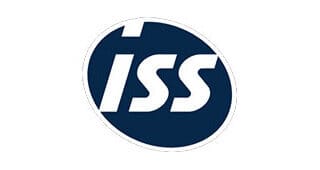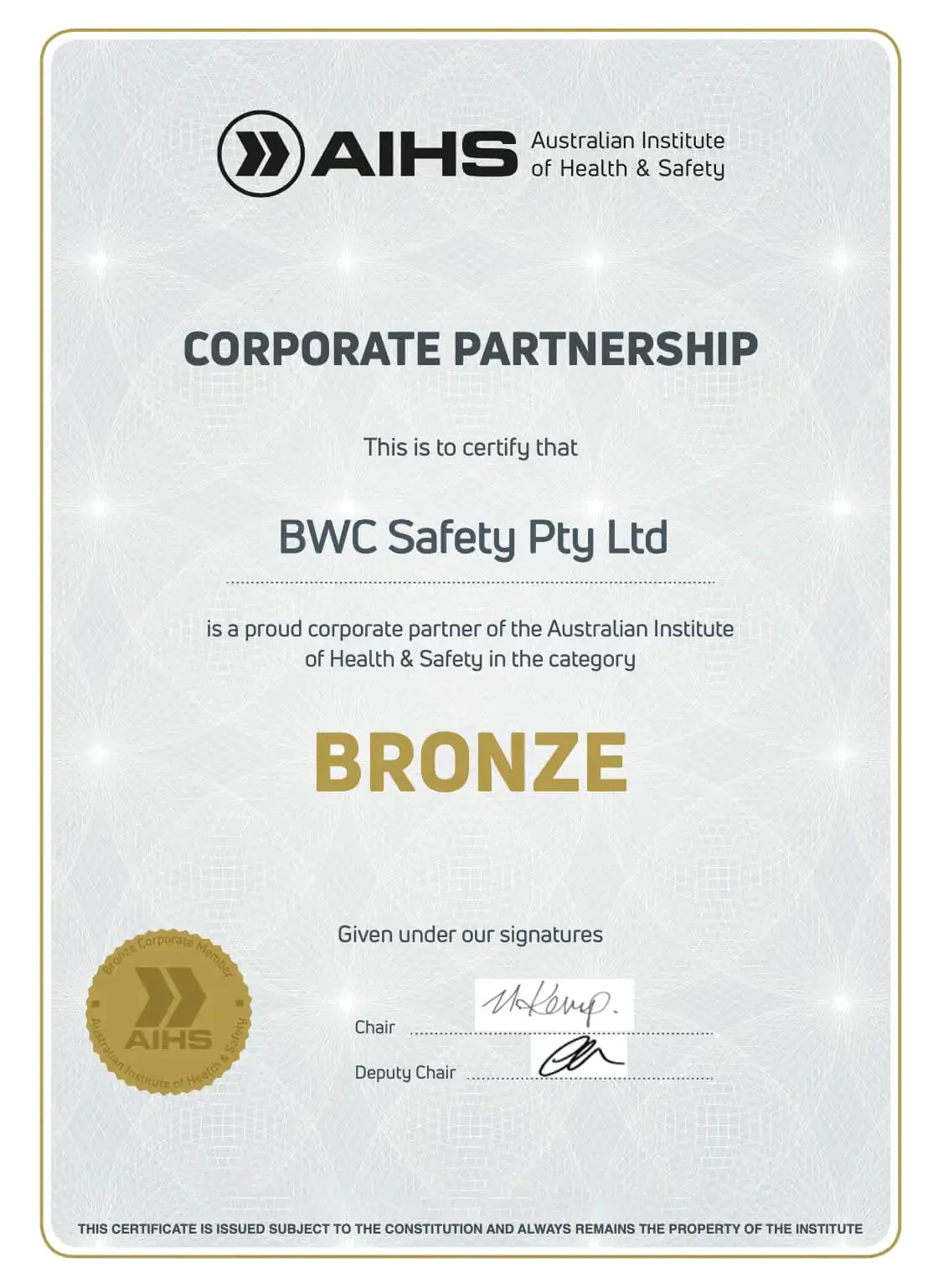WHS Compliance and WHS Legislation – The need to knows

Many of our newer SME clients are like the guy in the photograph. They must juggle sales, operations, customer issues, cashflow, etc. They have a vague notion that there is a safety ball to be juggled – and of course, nobody wants to see a colleague get hurt – but hey, what could go wrong? Right?
Wrong. Sometimes, even dead wrong.
Usually, when we get a call from a small business owner or manager, one of three things have happened:
- Someone has got badly hurt, or there has been a really serious near miss (a close call).
- The safety inspector has paid them a visit and asked them to explain how they are managing the health and safety of their workers. Unless they can demonstrate they have everything in order, they now have thirty days to get things sorted or the business will be shut down (known as a prohibition order).
- As you know, small businesses often tender for work with tier one firms and find out quickly that if you don’t have a systematic method of managing safety you won’t get a start with the big end of town.
WHS legislation in Australia
The WHS Act (OHS Act in Vic) came into force in 2011 and has been adopted by most states in Australia via respective state parliaments. The ‘Act’ as it is known fundamentally changed the way safety is managed in an organisation and places much more emphasis on the responsibilities of ‘officers’ of a company to ensure the health and safety of workers and others who may be affected by your business, such as visitors and customers.
Sitting just below the hierarchy of the WHS Act are the WHS regulations which also provide the compliance details. Supporting these two documents are a truck load of ‘Codes of Practice’ and ‘Guides’ which have been developed by SafeWork Australia and state based safety authorities and provide end users with insight on how you can comply with the legislative requirements.
For example, the WHS Act tells us about the roles of ‘officers’ and ‘workers’ in managing safety risks. The WHS Regulations break risk management down into broad components such as working at heights, electrical, mining, diving, plant and structures, confined space etc and makes it clear ‘what’ must be done. The Code of Practice on Electrical Safety, for instance, describes ‘how’ a firm would comply with the code and regulations.
WHS Act need to knows… and where to find them
Here is a quick summary about the key parts of the WHS Act that you must consider if you are the owner or manager of a business:
Definition of a PCBU – A ‘Person Conducting a Business or Undertaking’. In most cases this is the business owner and his partners. Larger corporations will have ‘officers’ such as the CEO and executive team who are responsible for ensuring the PCBU complies with the Act.
Duty of Officers – Officers must exercise due diligence to ensure the PCBU and its workers complies with the Act and Regulations. Due diligence is spelt out in Section 27.
Duty of Workers – The Act replaced the term ‘employee’ with ‘worker’ and now include all types of workers including contractors and their subbies, students and volunteers. Workers must take reasonable care of their own health and safety and comply with reasonable instructions regarding H&S matters.
Duties – More than one person can have a safety duty under the Act and you cannot transfer this duty to others by contracting safety out to a firm or hiring a safety manager.
Management of Risks – The PCBU must manage risks to health and safety effectively. It is the cornerstone of the ACT and reads this way:
A duty imposed on a person to ensure health and safety requires the person:
(a) to eliminate risks to health and safety, so far as is reasonably practicable, and
(b) if it is not reasonably practicable to eliminate risks to health and safety, to minimise those risks so far as is reasonably practicable.
What is considered to be ‘reasonably practicable’ is detailed in Section 18 of the Act.
Incident Notifications – Should a serious incident occur, (known as a notifiable incident) there is a legal requirement to preserve the incident site and contact the state safety regulator asap and no longer than 48 hours after the event. (Part 3)
Authorisations – Part 4 of the Act deals with authorisations and ensures that no work commences unless the person doing the work has the required authorisations and level of experience.
Consultation – There is a legal duty to consult with your workers on health and safety matters and this is described in detail in Part 5 of the Act. It also describes the rights and roles of Health and Safety Representatives and committees where these have been elected.
Regulator – Parts 8 – 13 of the Act describes the role of the safety regulator and its inspectors. Note that the powers of the role are wide ranging and enforceable under the Act. Basically, you must comply with the instructions given to you by an inspector.
How to get help
From this quick look at the requirements of the WHS ACT you will see that there are lot of aspects to meeting your legal obligations. And this is before even looking at the Regulations and Codes of Practice! Nowadays, every firm in Australia should consider either employing their own OHS manager or making arrangements with an experienced firm of safety consultants who can work as their business partners in health and safety. This latter approach is often preferred as a more cost effective solution.
At BWC Safety we have an experienced team who have been helping organisations with safety compliance for more than twenty years. Many of our clients are household names and we partner with them over all phases of the safety journey. You can reach us through our website www.bwcsafety.com.au or at 0408 300 187.
Make an Enquiry
Ensure your organisation isn’t making critical WHS mistakes by getting expert advice before it’s too late.

















